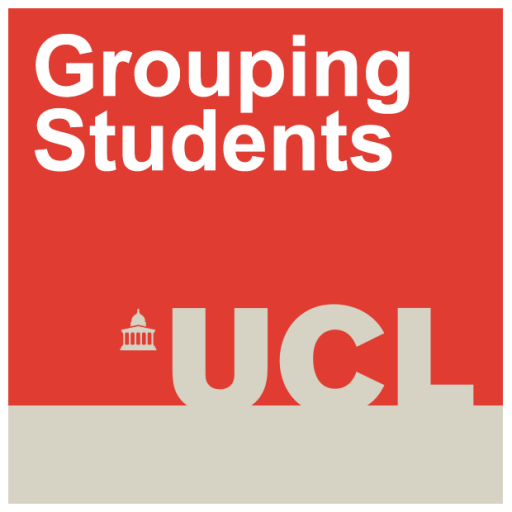New findings on secondary students’ negative views about setting
By qtnvarl, on 23 January 2018
– Dr Antonina Tereshchenko
Setting is a widespread practice of grouping students in UK secondary schools. This is despite little evidence of its efficacy and substantial evidence of its detrimental impact on those allocated to the low sets.
In her recent paper [accessible online here] Professor Louise Archer, along with the ‘Best Practice in Grouping Students’ research team, has proposed that setting represents a process through which the social and cultural reproduction of inequality and dominant power relations are enacted within schools.
The arguments are based on the statistical modeling of the set allocation data from 94 project schools, a survey with 12,178 Year 7 students, and interviews with 33 students from four schools.
What are the characteristics of students in higher and lower sets?
The analysis of the school-reported set levels confirms social justice concerns that underpin our project. Notably, lower sets are overpopulated by disadvantaged students. The allocation of students by subject also highlights gender and racial inequalities.
- Working-class children and those eligible for free school meals were statistically more likely to be in middle and bottom sets.
- A statistically significantly greater proportion of boys were in the bottom set for English (60% boys vs. 40% girls), but significantly more boys were in the top set for mathematics (56% boys vs. 44% girls).
- White students were significantly more likely to be in top sets for English (81%) and mathematics (77%), whereas Black and mixed-ethnicity children (and Asian students in the case of English) were more likely to be in lower sets for both subjects.
- Variation by whether students spoke English as an additional language (EAL) was only significant in English (not mathematics), where higher proportions of students with EAL in lower sets.
Feelings of students in top sets: ‘proud’, ‘confident’ and ‘superior’
Students in top sets (who were also White and/or middle-class) spoke about how being in their sets made them feel ‘proud’, ‘confident’ and ‘superior’. It is also clear that while those at the top may like their location, they are aware that those lower in the hierarchy may dislike their allocation. The following quote exemplifies their beliefs:
You feel good about yourself when you know that you’re thriving in the top set, not that you’re being dragged along the bottom [ … ] It makes you feel good [ .. . ] I think you must feel superior to the group below you, until you’re at the bottom. I think, yes, I do enjoy it but you also have to be quite careful with what you say and how you act. Like, you don’t want to be going round to people saying, ‘Oh, well, I’m in the top set and you’re in the second set’, because that makes people feel really hard [bad], and so I do enjoy it but you do have to be careful with what you say. (Monica, White British)
The top set students viewed being in top sets as ‘natural’ and ‘deserved’. They defended the legitimacy of setting and set allocations drawing on discourses of talent, ability and meritocracy. In the view of top set students, setting is not an unfair practice that produces unequal outcomes. Rather, it is a ‘common sense’ approach.
Who expresses the most negative views of setting?
The following groups of students have statistically more negative attitudes to setting:
- Students who perceive themselves to be in the bottom sets.
- Students with lower levels of attainment at Key Stage 2 tests (both for English and maths).
- Boys express more negative attitudes than girls do.
- Black students and those (ever) eligible for FSM express significantly more negative views of setting.
Students in low sets on their set position: ‘I almost died’
Students in bottom sets were painfully aware of their inferior position. The interviews highlighted feelings of embarrassment – thus one boys described his feelings on learning that he had been allocated to the bottom mathematics set as ‘I almost died’.
Students in bottom sets were striving to move up. Those who had managed to move out of the most-disparaged bottom sets expressed their relief:
Well, I used to be in Set 5, then I moved up to Set 4, so I’m happy now, because I’ve moved up. (Levon, White and Black Caribbean)
Yeah, I don’t mind. It’s better than being in Set 5. (Emily, White Other)
While students in bottom sets were the most likely to raise questions about the legitimacy of set allocation, the above quotes suggest that those who ‘escape’ the fate of bottom sets are more likely to accept the legitimacy of setting.
This research foregrounds the views of those who are most disadvantaged by the setting practice as a tool for questioning the ideology and popularity of setting.
2 Responses to “New findings on secondary students’ negative views about setting”
- 1
-
2
Blog of the Week: 1 March 2018 – New findings on secondary students’ negative views about setting | wrote on 1 March 2018:

[…] View original post: New findings on secondary students’ negative views about setting […]
 Close
Close




[…] New findings on secondary students’ negative views about setting […]